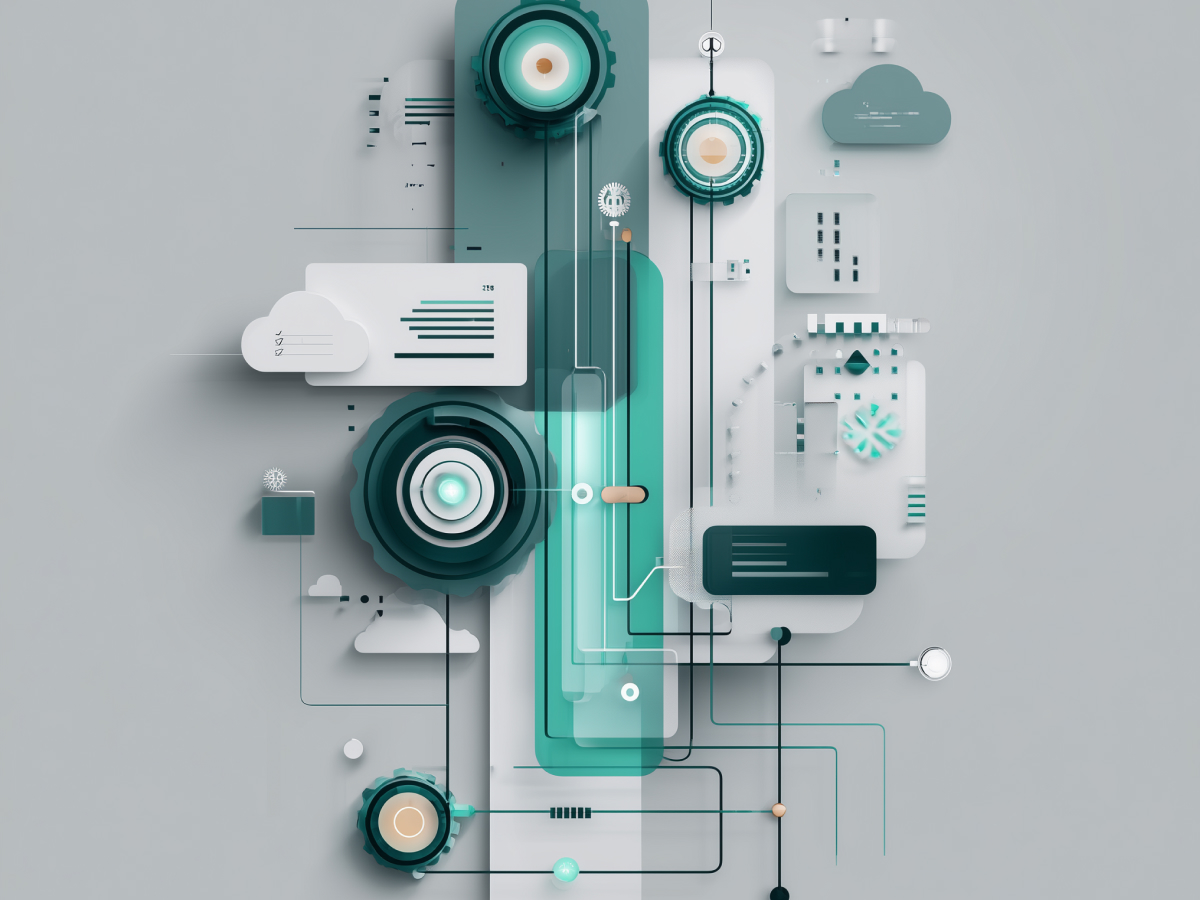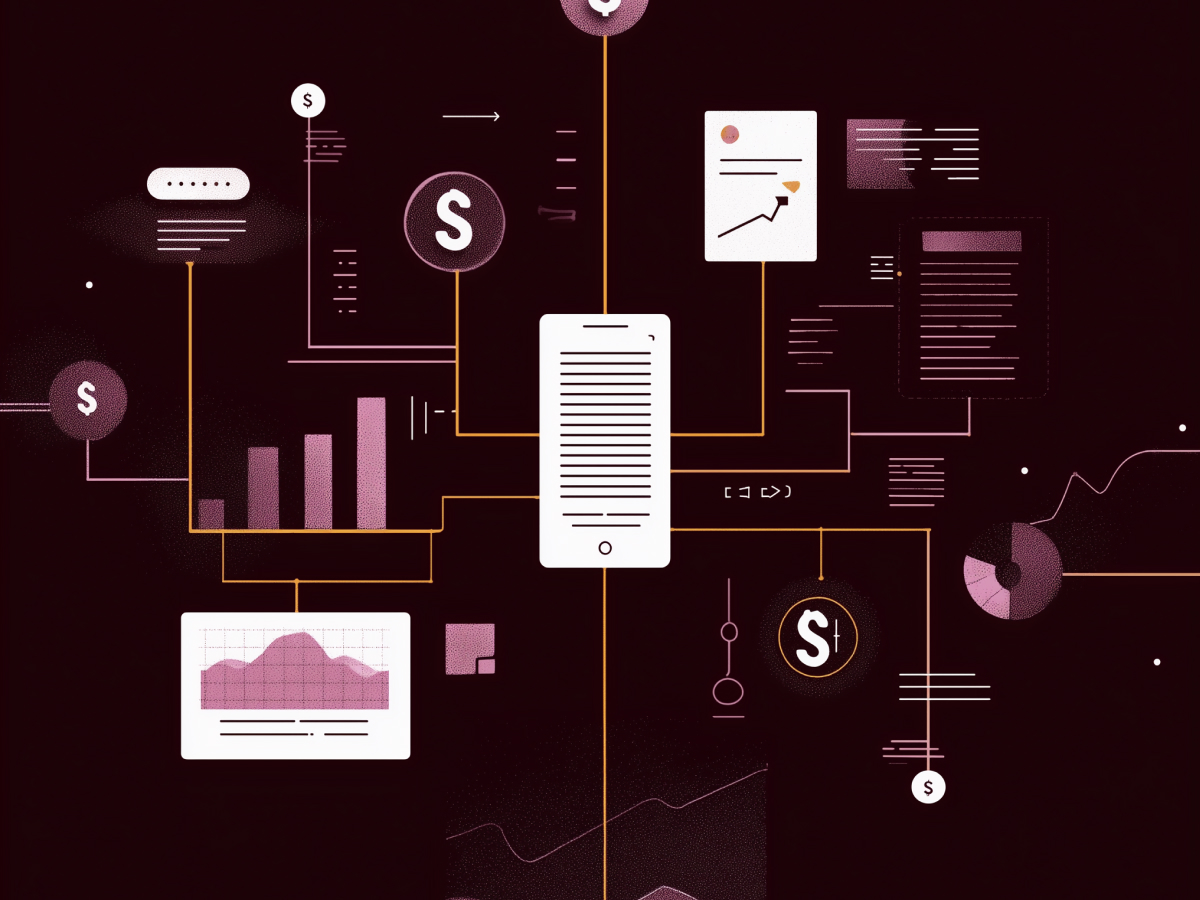Traditional AI is centered on precision and consistent, data-driven automation
Traditional AI has done exactly what we’ve expected, and needed, it to do. It’s built on structured data, defined objectives, and clear logic. Most of what’s running in companies today, from fraud detection to recommendation engines, leans on this model because it works. It’s dependable.
These systems use supervised learning to train on labeled datasets. Basically, you tell it, “This is a cat, this is not a cat,” and it learns to classify accordingly. That’s how you get spam filters, credit scoring engines, and predictive maintenance protocols that don’t break. They follow rules. They avoid surprises. And that’s valuable in areas where surprises are expensive.
For decision-makers, the takeaway is simple: traditional AI is still the backbone of automation. It streamlines high-volume, repetitive tasks, and it does this with laser focus. If your systems require accuracy, traceability, and defined outcomes, this is what you want.
But let’s not overstate its capabilities. Traditional AI can’t go beyond what you feed it. It reacts; it doesn’t invent. That’s not a flaw, that’s design. Just don’t expect it to move your strategy into completely new territory.
Generative AI introduces creativity and contextual nuance
Now things start getting more interesting. Generative AI doesn’t just automate, it creates. And that shifts the paradigm. Instead of simply detecting patterns and acting on what’s known, it learns from vast amounts of data, most of it unstructured, and then produces new outputs. Entirely new text, code, images, synthetic datasets. It operates probabilistically, not deterministically.
With models like GPT, diffusion models, and GANs behind this capability, the outputs can feel surprisingly human. These systems understand nuance, tone, and even context across multiple domains. They can write marketing copy, draft legal memos, generate full codebases, or create UI mockups with a single prompt. And they’re getting better, fast.
For executives, this changes the strategic landscape. You are no longer constrained by traditional feedback or development cycles. Generative AI can ideate, prototype, and iterate in a fraction of the time. That speed matters. It means more experiments, more learning, and faster routes to market. You move from digital transformation into digital acceleration.
There’s flexibility here that most businesses have never had access to before. It’s not about evolving existing operations, it’s about unlocking entirely new ones. And if you’re not looking at this as a core part of your product and innovation strategy, you’re already falling behind.
Generative AI accelerates product development and shortens time to market
Time matters. Especially when market cycles are compressed and competitive edges are brief. Generative AI doesn’t just make development faster, it fundamentally removes friction between concept and execution.
Tools like GitHub Copilot have already proven this. Developers spend less time on boilerplate code and more time building features that actually matter. R&D cycles shrink. Feedback comes faster. Product teams no longer wait for code completion or documentation to test their ideas. You get more output, earlier validation, and tangible features in front of users months ahead of schedule.
According to McKinsey, companies using generative AI report a 20–30% productivity boost in software development, coding, testing, documentation, the whole stack. GitHub Copilot users alone see up to 50% faster code generation. That defines competitive speed.
The real shift here for leadership is control over time. When new ideas go from whiteboard to production in days, decision-making becomes more agile. You make product bets faster. You refine or pivot based on real usage, not projections. This isn’t incremental efficiency. This is structural change. If time-to-market still relies on large hand-offs or siloed delays, you’re setting pace based on outdated constraints.
Generative AI promotes cost efficiency and resource optimization through automation
Generative AI isn’t just efficient, it’s strategic. It handles the repetitive, low-impact tasks that were draining time and human capital. Developers no longer need to write every test case manually. Documentation can be auto-drafted. Internal systems, back office workflows, and versioning processes become lighter. That reduces operations overhead almost immediately.
According to Accenture, businesses that integrate AI into development processes see up to a 40% drop in the cost tied to manual software tasks. That’s not future potential, it’s current capability. The ROI here is straightforward: spend engineering time on problems worth solving, not tasks that can be generated at scale.
For C-suite leaders, this is about redeploying talent. You’re no longer forced to scale linearly by hiring. You scale by automating. You direct expert time toward solving novel challenges, architecting systems, building differentiated features, and experimenting with bold product ideas. That’s where real value comes from.
Not everything should be automated. But everything repeatable should at least be considered. Treat generative AI as a resource multiplier. It makes your existing teams sharper, faster, and more focused.
Generative AI enhances product quality through advanced quality assurance and debugging processes
Generative AI doesn’t just build faster, it builds better. When implemented correctly, it improves code integrity from the start. You catch errors earlier, optimize performance, and eliminate redundancies before they reach production.
AI-assisted testing tools continuously monitor for bugs in real time. They offer suggestions, detect vulnerabilities, and enforce best practices. You aren’t waiting until post-deployment to locate faults. Instead, issues are identified during development, before they affect customers or trigger regressions.
A recent study shows that teams using AI-enhanced QA systems see a 30% drop in post-release errors. Code reliability also improves by 25%. That’s not marginal; that’s structural integrity at scale.
For executives, high-quality output isn’t optional. It’s the foundation of trust, internally with your teams and externally with your users. AI that boosts test coverage and development stability directly reduces the cost of fixing issues downstream. It also protects reputation, mitigates compliance risk, and makes it easier to ship confidently.
This is about scaling both speed and discipline. With generative AI embedded in QA workflows, you get smarter releases and tighter control over what goes out the door.
Generative AI unlocks new business models and revenue streams
Generative AI doesn’t just optimize— it expands what’s possible. Businesses aren’t just getting more efficient; they’re entering entirely new markets. You’re seeing new product categories emerge that weren’t viable before, from custom SaaS platforms to intelligent user interfaces capable of personalized interaction at scale.
The barrier to digital product innovation, cost, complexity, capacity, has dropped. Teams can build AI-powered tools that adapt per user, create data visualizations on demand, and design new ways of interacting with information. These aren’t experimental edge cases. They’re production tools with real commercial potential.
IDC projects that by 2026, 75% of enterprise applications will incorporate generative AI. That trend is expected to generate $1 trillion in business value by 2034. This is where AI transitions from support infrastructure into a front-line revenue engine.
If you’re sitting on large datasets, niche expertise, or existing platforms, generative AI allows you to productize faster. You can create offerings that would’ve required multi-year investments five years ago. That changes your roadmap. It affects how you plan growth, where you invest, and what returns you can expect.
This isn’t about catching up; it’s about leading where others haven’t built yet. That’s where unmatched value comes from.
Traditional AI and generative AI are complementary, forming a holistic AI strategy
This isn’t a choice between old and new. It’s about alignment, about using the right tools to solve the right problems. Traditional AI gives you precision, stability, and repeatability. That’s still necessary. It refines operations, ensures compliance, and handles critical workflows with reliability.
Generative AI comes in where adaptability and creativity matter. It adds layers of autonomy and output variety that traditional models aren’t built for. When both are applied strategically, you don’t just automate processes, you evolve them.
This dual-path approach helps leadership do two things at once: optimize what already works and build what hasn’t existed yet. One delivers clarity, the other introduces possibility. Neglecting either weakens your AI infrastructure and reduces long-term leverage.
The best AI strategies now are hybrid by design, traditional AI running behind the scenes in compliance-heavy operations, while generative AI empowers design, prototyping, engineering, and customer-facing systems. That synergy drives stronger performance across the board.
A well-balanced AI stack isn’t theory, it’s execution. And it’s already separating companies moving forward from those standing still.
The bottom line
Generative AI isn’t a trend, it’s a capability shift. It doesn’t replace traditional AI; it extends it. And that matters, because what used to take quarters can now happen in weeks. You’re not just improving workflows, you’re unlocking entirely new ones.
This is the strategic lever that turns productivity into velocity, cost savings into scalability, and data into revenue. But only if it’s implemented with intent. The winners aren’t the ones chasing hype. They’re the ones aligning AI with actual outcomes.
If you’re making product, engineering, or platform bets, this belongs in the discussion. Not because the tech is fascinating, but because it’s quietly rewriting how teams build, launch, and grow.
The disruption won’t wait. Integration is no longer optional. And value creation is now directly linked to your AI maturity, both traditional and generative. Make sure your strategy reflects that.





